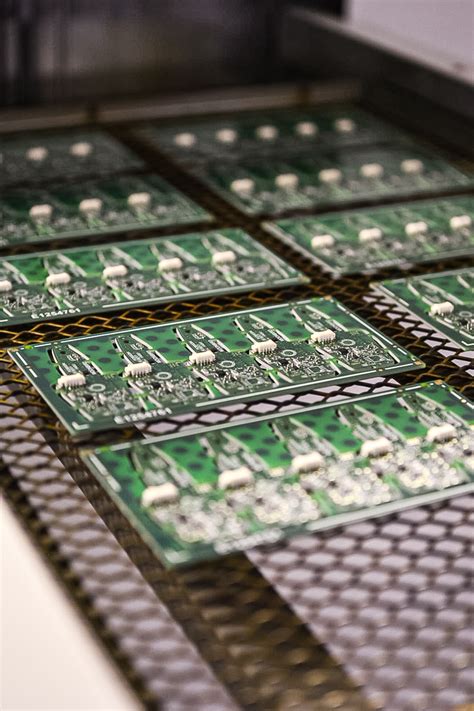Cutting Edge Approaches to Advanced PCB Assembly for Electric Design
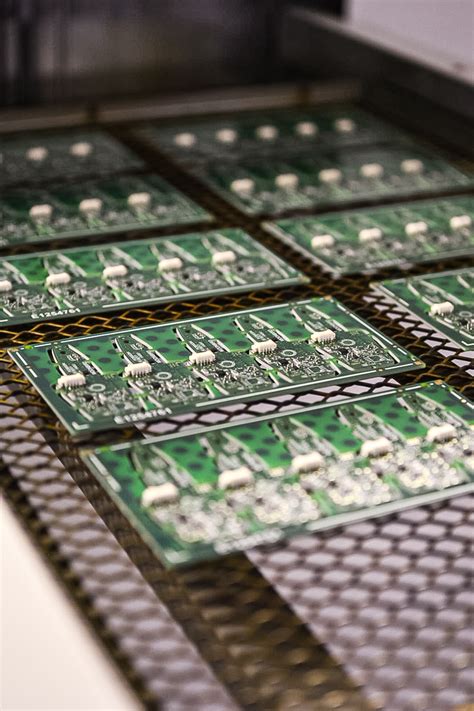
Key Takeaways
The world of advanced PCB assembly (PCBA) is constantly evolving, and staying informed about the latest developments is essential for any designer or engineer. A deep understanding of key technologies that are transforming electric design approaches allows for the integration of innovative techniques that enhance assembly precision. For instance, adopting automated systems can significantly improve efficiency and reduce human error in the production process. Furthermore, advancements in materials play a crucial role in driving PCB assembly forward by enabling the use of lighter, more durable components that meet the demands of modern electronics.
"Incorporating new technologies not only enhances the performance of electric designs but also streamlines production processes."
Adopting best practices for efficient PCBA processes can lead to substantial cost savings and faster turnaround times, ultimately elevating product quality. By examining case studies showcasing successful implementations of cutting-edge techniques, one can glean practical insights into how to overcome common challenges in PCB assembly. In this fast-paced industry, remaining adaptable and open to continuous learning will ensure sustained success and innovation in electric design endeavors.
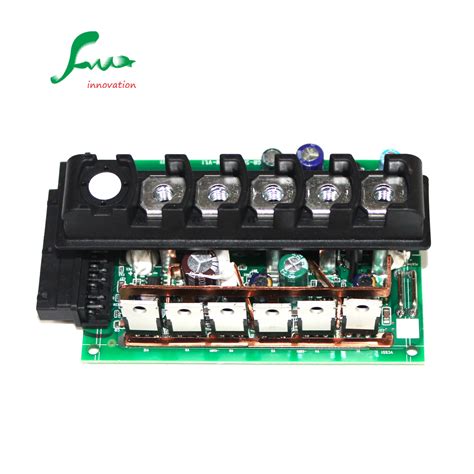
Understanding the Foundations of Advanced PCB Assembly
The landscape of PCB assembly has undergone significant transformations due to advancements in technology and methodologies. At its core, advanced PCB assembly revolves around intricate processes that ensure the seamless integration of electronic components onto substrates. This integration is not merely about placing components; it reflects a systemic approach that emphasizes precision, efficiency, and reliability.
PCB Assembly has progressed significantly from traditional methods, as modern practices now incorporate sophisticated technologies, including surface mount technology (SMT) and through-hole assembly. These techniques enhance the capabilities of PCBA by allowing for more compact designs, improved thermal performance, and reduced manufacturing costs. In addition to these methods, the utilization of high-density interconnects further underscores the necessity for meticulous planning and execution during assembly.
As we delve deeper into this complex field, it becomes clear that the success of advanced PCB assembly hinges on a profound understanding of material properties and electrical characteristics. Engineers must be well-versed in selecting suitable materials that not only support electrical performance but also withstand environmental stresses. This critical decision impacts every aspect of design and manufacturing.
To illustrate these foundations comprehensively, we can consider a simplified comparison as shown in the following table:
| Assembly Method | Advantages | Disadvantages |
|---|---|---|
| Surface Mount Technology (SMT) | Higher component density Reduced size | More complex rework |
| Through-Hole Assembly | Stronger mechanical connections | Requires more space for components |
| Mixed Technology | Combines benefits of both | Potential for increased defects |
In conclusion, understanding these foundational principles is essential for anyone involved in the design or production of advanced PCB assembly. By mastering these elements, professionals pave the way for innovation and further advancements in electronic design.
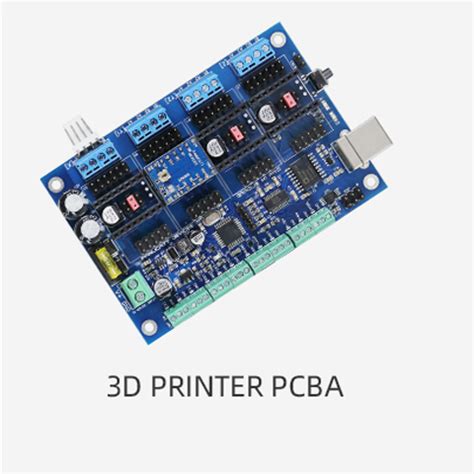
Key Technologies Transforming Electric Design Approaches
The landscape of advanced PCB assembly (PCBA) is rapidly evolving, driven by a suite of technologies that are reshaping electric design methodologies. A pivotal aspect includes the integration of high-frequency materials that facilitate better signal integrity, ultimately enhancing performance in compact designs. Additionally, the advent of 3D printing techniques has allowed designers to prototype PCBA with unprecedented speed, leading to a more iterative and creative development process. Furthermore, embracing machine learning algorithms enables predictive maintenance and quality control in assembly lines, minimizing defects and streamlining production. The incorporation of design for manufacturability (DFM) principles is also essential; it ensures that designs are optimized for efficient assembly processes right from the start. Together, these technologies not only elevate the precision and efficiency of PCB assembly but also allow for greater flexibility in design options. As electronics continue to penetrate various aspects of daily life, understanding these transformative technologies becomes crucial for professionals looking to innovate within their electric design approaches.
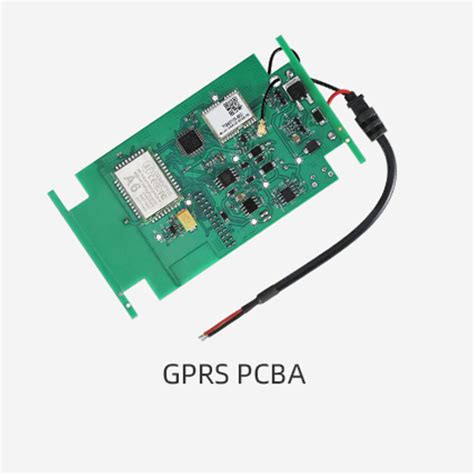
Innovative Techniques for Enhanced PCB Assembly Precision
In the realm of PCB assembly (pcba), achieving precision is paramount to the effectiveness of electronic designs. Innovative techniques have emerged that significantly enhance the accuracy and reliability of pcb assembly processes. One such method involves the integration of advanced automated optical inspection (AOI) systems which utilize sophisticated algorithms to detect defects at a microscopic level, ensuring each component is positioned and soldered with utmost accuracy. Furthermore, the application of 3D printing technologies in the production of prototypes allows for rapid iteration and testing, enabling designers to fine-tune their layouts before committing to full-scale production. Another notable technique is the implementation of smart manufacturing practices, which utilize data analytics and machine learning to optimize workflow and predict potential errors during assembly. Embracing these innovative techniques not only helps in achieving a higher level of precision but also contributes to enhanced efficiency and reduced wastage in pcb assembly operations, making them indispensable in today’s fast-paced electronic design landscape. As these methods continue to evolve, they pave the way for more sophisticated applications within electric design, aligning with industry demands for higher quality and performance standards.
The Role of Automation in Modern PCB Production
In the world of PCB assembly, automation has emerged as a transformative force, streamlining production processes and enhancing overall efficiency. By integrating sophisticated machinery and software systems, manufacturers can achieve higher levels of accuracy and consistency in pcba operations. Automated systems can handle intricate tasks such as component placement, soldering, and inspection with remarkable precision, which is critical for ensuring that electronic designs meet rigorous performance standards. Moreover, automation reduces the risk of human error while significantly increasing production speed, allowing companies to meet tight deadlines without compromising quality. The incorporation of automation not only facilitates the handling of complex assemblies but also allows for rapid reconfiguration when adapting to new designs or modifications. This adaptability is particularly vital in industries where time-to-market can dictate competitive advantage. An emphasis on advanced automated processes enables electronics manufacturers to explore innovative pcb assembly techniques that further enhance product reliability and functionality. As these technologies continue to evolve, they promise to play a pivotal role in shaping the future landscape of electronic design and manufacturing.
Best Practices for Efficient PCB Assembly Processes
In the rapidly evolving world of electronics, efficient PCB assembly (PCBA) processes are essential for meeting the demands of modern electric design. To achieve this, adhering to best practices is crucial. One key practice is adopting standardized assembly procedures that minimize errors and enhance consistency in production. Utilizing advanced assembly techniques can also significantly improve overall manufacturing efficiency, allowing for quicker turnaround times and reduced costs. Employing state-of-the-art inspection tools ensures quality control at every stage, catching potential issues before they escalate into costly reworks or product failures. Furthermore, integrating lean manufacturing principles can streamline workflows and eliminate waste, thus optimizing resource allocation during the PCB assembly process. By focusing on these best practices—combined with the latest technologies—companies can enhance their PCBA capabilities, ensuring that their products not only meet but exceed market expectations in performance and reliability.
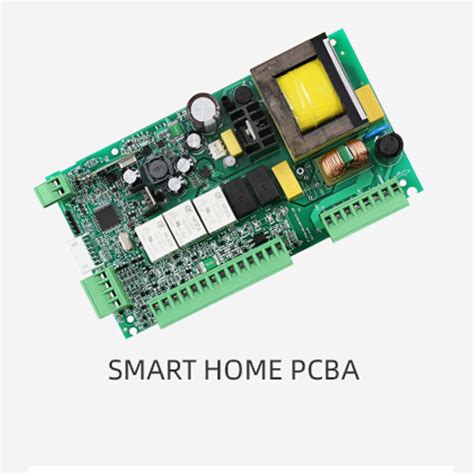
Materials Advancements Driving PCB Assembly Forward
The evolution of pcb assembly processes has been significantly influenced by advancements in materials science. The introduction of high-performance substrates, such as polyimide and FR-4 composites, has improved thermal stability and electrical efficiency, making them crucial in modern applications. These materials not only enhance the performance of pcba but also allow for more complex circuitry designs, catering to the increasing demands of miniature and high-density electronics. Additionally, the development of advanced soldering materials has streamlined the assembly process, facilitating better adhesion and reducing the risk of defects in connections. Techniques such as surface mount technology (SMT) utilize these materials to achieve precise placements and connections on smaller circuit boards, which is paramount in today’s fast-paced electronic landscape. With ongoing research into biodegradable and environmentally friendly materials, there is potential for further innovation that prioritizes sustainability without compromising performance. These innovative advancements are vital for driving the future of pcb assembly, ensuring reliability and efficiency in electric design while adhering to industrial standards and practices.
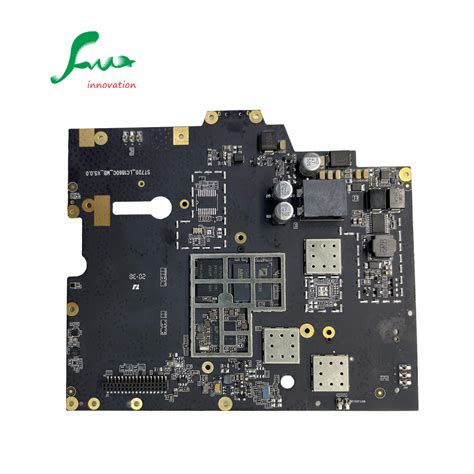
Case Studies: Successful Implementations of Cutting-Edge Techniques
In the realm of PCB assembly, numerous organizations have adopted innovative methodologies that significantly enhance the efficiency and effectiveness of their processes. One notable case study is that of a leading electronics manufacturer which implemented automated assembly techniques, resulting in a remarkable 30% increase in production speed. By integrating robotic systems and smart software, they achieved precise alignment during the PCBA process, reducing errors commonly associated with manual assembly. Another example involves a startup specializing in high-frequency circuit boards. They leveraged advanced materials and techniques to fabricate their products, which led to a significant reduction in signal loss, improving overall performance. These instances highlight how businesses are actively embracing cutting-edge solutions to address market demands for high-quality, reliable electronics while simultaneously optimizing their operational workflows. As we analyze these successful implementations, it becomes evident that continued investments in advanced technologies will play a critical role in defining the future landscape of advanced PCB assembly practices across varied sectors.
Conclusion
In summary, the landscape of Advanced PCB Assembly (PCBA) is continuously evolving, driven by innovation and the quest for greater efficiency. As we’ve explored throughout this article, embracing cutting-edge technologies and techniques can significantly enhance the assembly process. For manufacturers seeking to improve their pcb assembly processes, integrating automation and adopting best practices are paramount. Moreover, advancements in materials play a crucial role in refining the durability and functionality of final products. By learning from successful case studies, companies can glean insights into effective strategies that not only optimize their workflow but also ensure higher precision in electric design. The ongoing commitment to research and development will undoubtedly propel pcb assembly practices forward, paving the way for even more sophisticated applications in the realm of modern electronics.
FAQs
What is advanced PCB assembly?
Advanced PCB assembly, often referred to as PCBA, encompasses modern techniques and technologies used to build and integrate components onto printed circuit boards with increased precision and efficiency.
What are the benefits of using advanced techniques in PCB assembly?
Utilizing advanced techniques in PCB assembly enhances overall quality, reduces the likelihood of defects, and improves production speed, ensuring that electronic devices meet rigorous modern design standards.
How does automation impact the PCB assembly process?
Automation streamlines the PCBA process by minimizing human errors, providing consistent quality control, and enabling faster production cycles, ultimately elevating efficiency and precision in electronic manufacturing.
What materials are currently driving advancements in PCB assembly?
Recent advancements in materials such as high-frequency laminates and lead-free soldering have significantly improved the performance and sustainability of PCB assemblies, allowing for more innovative electronic designs.
Can you provide an example of successful implementation of advanced PCB assembly techniques?
Many tech companies have adopted sophisticated PCBA methods to enhance their product lines—such as using 3D printing for prototypes or implementing surface-mount technology (SMT) for smaller, more complex designs.

